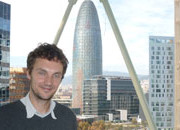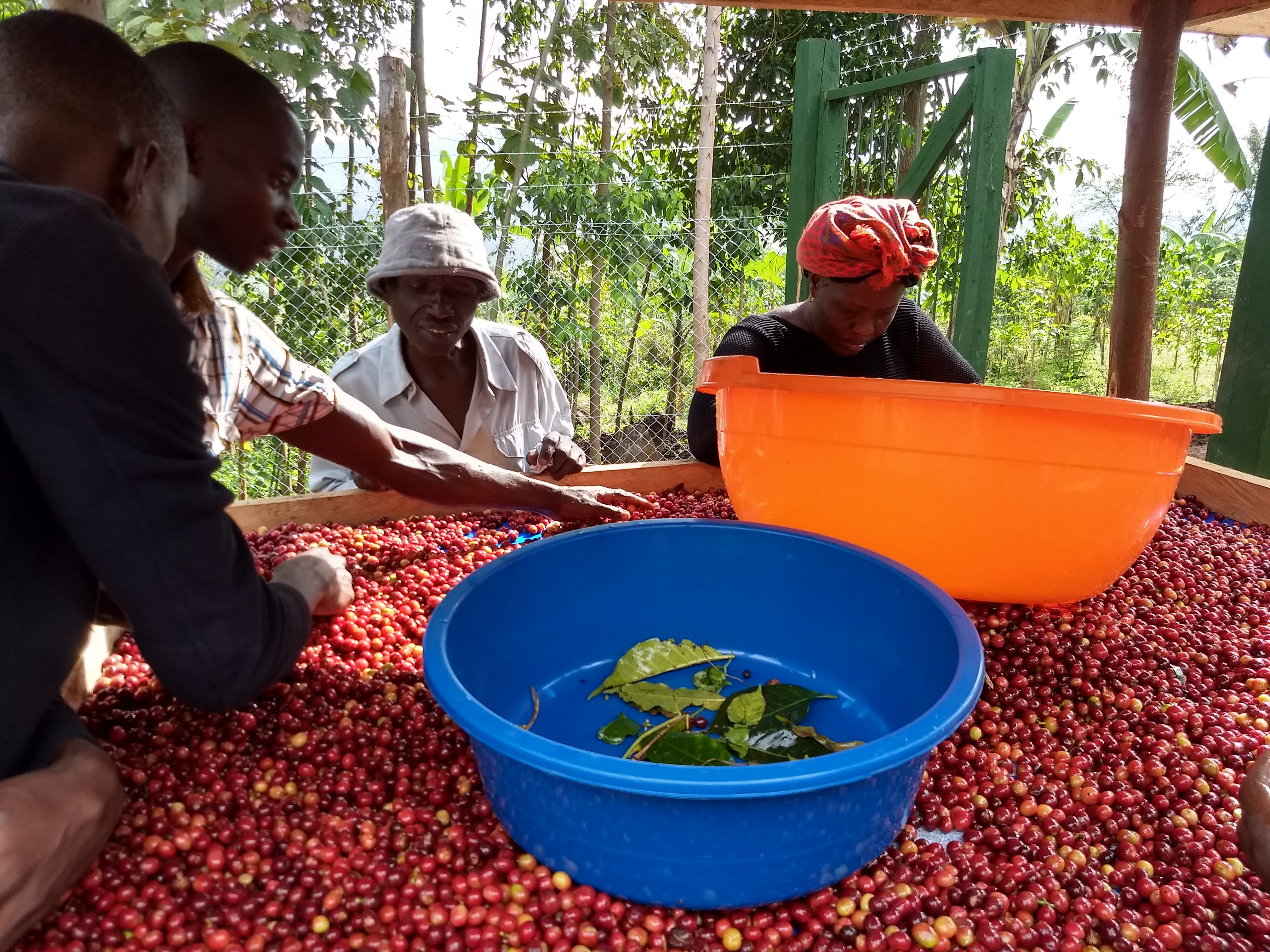 Dieter Zinnbauer received his PhD from DESTIN in 2003, and now works on new issues for Transparency International and blogs at ambient-accountability.org.
Dieter Zinnbauer received his PhD from DESTIN in 2003, and now works on new issues for Transparency International and blogs at ambient-accountability.org.
2015: Transparency is widely recognised as a cornerstone of good, accountable government and the practice of transparency today is alive and strong: we are deploying the cutting-edge of technology, we have a formidable infrastructure for policy advocacy, we are operating with ever more fine-grained strategies of engaging people and our tools for learning and measuring impact are also gradually getting better.
So where next for transparency and open governance?
How about looking a bit outside the box and travelling back to the roots of transparency as a physical, material quality of an object? Sounds odd and hopelessly outdated, but at least for me this turned out to evolve into an amazing and eye-opening exploratory journey written up in a new working paper.
The four-point speed read:
- there is a lot that we can learn from architects and how they have been approaching and thinking about transparency
- there is a surprisingly strong and contemporary physical dimension to institutional transparency that is somehow largely overlooked by the transparency community
- re-visiting and revitalising the conversation about physical transparency could provide a wealth of inspiration for the road ahead for the institutional transparency crowd and a push for such a conversation is coming from some very unexpected corners
- As inspiration I present three first ideas of where such experimentation around physical transparency could take us to. How, for example about feed(feed-back)back?
So journeying back to the roots of transparency could actually be a very promising pathway into the future.
(Zinnbauer, Dieter, ‘Architecting Transparency Back to the Roots – and Forward to the Future?’ Working paper, June 2015. Available at SSRN: http://ssrn.com/abstract=2616655 or http://dx.doi.org/10.2139/ssrn.2616655)
You can see Dr Zinnbauer’s early working papers at the Department website.
Related Posts
   |





